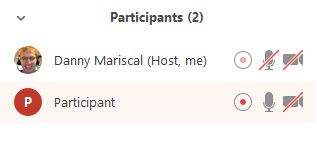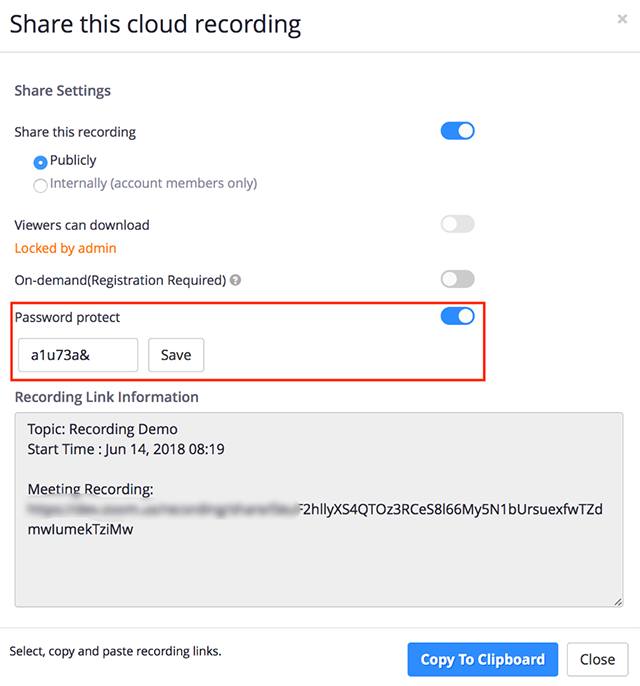Overview
When you record a meeting and choose “Record to the Cloud“, the video, audio, and chat text are recorded in the Zoom cloud. The recording files can be downloaded to a computer or streamed from a browser. To manage your recorded meetings or share a recording with others, log in to your account and navigate to the My Recordings page.
Zoom also offers local recording, which saves the recording files to your computer.




